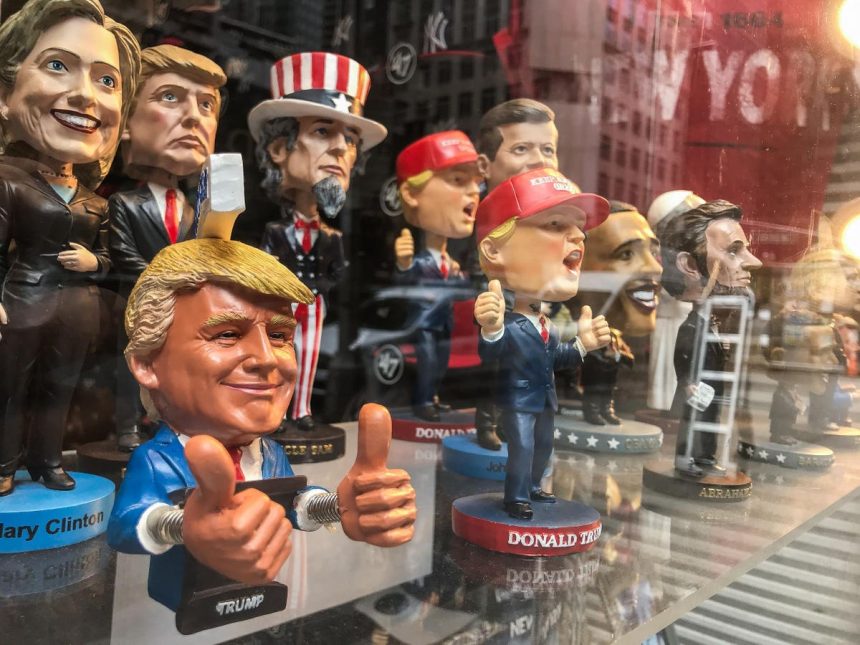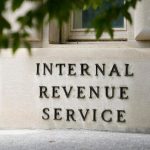During election times, financial markets are famously erratic and unpredictable as investors negotiate the possibility for major policy changes and economic upheaval. The expectation of a new government fuels a frenzy of conjecture that causes market swings capable of upsetting even the most experienced investors. Election cycles have historically been characterized by more volatility; for example, the 2016 presidential election saw the Dow Jones Industrial Average drop nearly 800 points overnight and then rebound quite dramatically the next day. Likewise, the 2020 contest was rife with market volatility, mirroring the great uncertainty about the result.
Investors especially need to know how political changes could affect their portfolios as we get ready for yet another election.
Historical Performance Analysis
Examining stock market behavior during prior U.S. presidential elections exposes clear trends that frequently show up before and following major events. Historical evidence shows that markets often show more volatility in the months before an election since uncertainty about the policies of the upcoming administration generates a cautious investing environment.
For example, the S&P 500 slumped significantly in the months before the 2008 election, mostly in response to the global financial crisis but also in part because of the uncertainty about the candidates’ crisis management strategies. The market at first stayed erratic following the election, but as the new government’s ideas started to take shape, it finally settled.
Similar market swings occurred in the 2016 election; the Dow Jones Industrial Average dropped sharply on election night as results started to support Donald Trump, then recovered and surged in the next few days as investors expected pro-business policies. The COVID-19 epidemic caused significant market swings in the 2020 election as well, but finally, the pandemic saw a favorable trend as investors responded to stimulus programs and breakthroughs in vaccinations.
Psychological Impact On Investors
One cannot stress the psychological effect of elections for traders and investors. Elections provide a great degree of uncertainty, which can cause emotional and usually illogical behavior. Anxiety and fear over possible policy changes might drive investors to either make hurried investment decisions or withdraw from the market early on, hence increasing the volatility.
For instance, the surprising result of the 2016 U.S. presidential contest sent up a tsunami of panic selling that reflected the initial shock of the market. But as analysts evaluated the expected economic policies of the new government, the market mood changed drastically and there was a notable comeback.
Similar trends have been seen in other big economies. One such example is the Brexit vote held in the United Kingdom in 2016. The surprising vote to quit the European Union brought the FTSE 100 down sharply since investors were uncertain. As the consequences of Brexit were obvious, the market changed to discover fresh stability over time.
Sector-Specific Volatility And Stability
Different sectors react differently to the uncertainty and results of elections; some display more volatility while others remain rather constant.
- Healthcare: Especially when candidates suggest big changes to healthcare policies, this industry sometimes shows great volatility during elections. For example, as investors considered the possible effects of different healthcare policies from the contenders, healthcare stocks swung drastically in the 2020 contest.
- Energy: Particularly with respect to policy on fossil fuels and renewable energy, the sector is quite susceptible to election results. For instance, energy stocks surged in expectation of Trump administration pro-oil policies and deregulation.
- Technology: Historically, during election times, the tech industry has shown considerable steadiness and fortitude. Still, policy ideas—like rules on data privacy or antitrust actions—can have an impact on this industry. Concerns about more regulation gave tech stocks some volatility during the 2020 election.
- Financials: Particularly in response to legislative changes, financial stocks are also quite sensitive to election results. The financial crisis caused initial declines in financial equities following the 2008 election, but as the new government carried stabilization policies, they eventually rebounded.
Risk Factors Associated With Elections
Investors run many kinds of risks throughout election seasons that could greatly affect their portfolios:
One of the main hazards is policy uncertainty, that is, uncertainty about upcoming policies. Often with opposing economic and regulatory ideas, election campaigns leave investors wondering about the direction of next government’s policies. As investors try to project and respond to possible results, this uncertainty can cause market volatility.
Another main danger is changes in the regulatory surroundings. On rules impacting sectors such finance, healthcare, energy, and technology, different political parties usually see things differently. A government supporting deregulation, for example, might help some industries while severely affecting others, depending on regulatory protections.
Elections can result in notable changes in government spending priorities. For instance, while cuts to healthcare spending could negatively impact that sector, increasing infrastructure spending under one government could help building and materials industries. These possible developments give investors yet another degree of uncertainty.
Impact Of Election Outcomes
Various election results can cause different degrees of market disturbance.
- Changes in Political Parties: Markets usually react strongly when the power of the government moves between parties with different economic philosophies. For example, sector-specific volatility can result from a pro-business administration changing to one emphasizing regulatory reform. Anticipated tax cuts and deregulation drove a spike in markets following the 2016 U.S. election, which produced a Republican president and Congress.
- Unexpected Election Events: markets especially react sensitively to such events. One outstanding example is the 2016 American presidential contest. Market projections and polls mostly projected a different conclusion; when the actual results deviated from these expectations, markets underwent instantaneous and major upheaval. Following the initial decline in futures markets, investors quickly recovered as they considered the ramifications of the policies of the new government.
- Legislative Balance Shifts: Though the presidency stays with the same party, major changes in Congress’s makeup could affect market attitudes. A change towards a more evenly split or opposing Congress, for example, can cause parliamentary deadlock, therefore influencing the execution of economic policy and generating more uncertainty.
Strategic Investment Approaches
Diversification is among the best ways to reduce the risks connected with election-driven market volatility. Investors can lower their exposure to any one source of risk by spreading investments throughout many asset classes, sectors, and locations. This method guarantees that stability or gains in one area balance a negative effect in another. For instance, a well-diversified portfolio including technology, consumer basics, and international markets can help offset the impact should possible legislative changes severely impact the healthcare industry.
Hedging is the protection against possible losses made utilizing financial products such as inverse ETFs, options, or futures. Purchasing put options lets investors hedge their portfolios; their value rises as the underlying asset lowers. This approach offers a kind of protection against major market declines brought on by unanticipated election outcomes or legislative changes. Furthermore, helping to reduce negative risks are inverse ETFs, which move opposite the market.
Moving assets to defensive stocks or sectors could offer more stability in times of increased uncertainty. Offering more stable performance, defensive industries such utilities, consumer basics, and healthcare usually have less sensitivity to political shifts and economic cycles. Companies in these industries offer necessary goods and services that are always in demand, independent of the larger state of the economy.
Another wise strategy is to adjust tactical asset allocation. Rising exposure to safe havens, including gold, Treasury bonds, or premium corporate bonds can help against market volatility during election seasons. Usually retaining value or even appreciating in uncertain times, these assets help to offset possible losses in more erratic equities markets.
Finally, during election times, one must keep a long-term investment view. Reacting quickly to changes in the short run market could result in less-than-ideal investment choices. Rather, concentrating on the long-term principles and expansion possibilities of investments will enable one to profit from post-election changes in the market. After periods of political uncertainty, markets have historically tended to recover and keep on their rising slope. Staying the course and avoiding reflexive trading can help investors to position themselves to profit from these longer-term trends.
Conclusion
All things considered, presidential elections have historically brought increased market volatility, policy uncertainty, and sector-specific risks that could have a big effect on investment portfolios. Further complicating the investment terrain during election seasons are the psychological effects on investors and the possibility for significant changes in the market. Strategic techniques such diversification, hedging, moving to defensive industries, and keeping a long-term view can help to reduce these risks, though.
Investors should concentrate on well-informed, strategic planning instead of running from crisis. Reviewing and changing investment plans helps one to be ready for possible changes in the market. Keep updated about political events and market reactions to guarantee your portfolio is positioned to negotiate the uncertainty of the approaching elections. Protection and maybe improvement of your investments during this turbulent time will depend on proactive and well-informed decision-making.
Read the full article here














